3 Best Travel and Expense Management Software
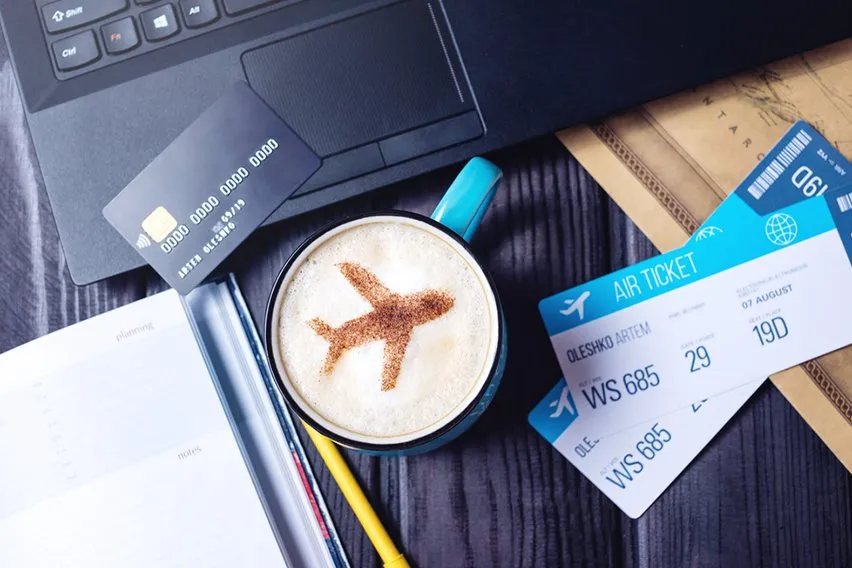
When any member of your team is out on the road or out of office, it can be difficult to manage their business expenses.
Travel and expense management is one of the largest costs that a business can face. It can also be a struggle for finance teams to collate and manage all of that information.
Businesses should have a system in place where their employees know how to manage their expenses. Then the finance teams must know how to process them.
That’s why so many companies are using travel and expense management software. But what exactly is travel and expense management software? And what are the best ones currently on the market?
We’ll take a closer look.
Here’s What We’ll Cover:
What Is Travel and Expense Management?
Top 3 Travel and Expense Management Software
What Is Travel and Expense Management?
Travel and expense, or T&E, management is the process of tracking and reporting the various expenses. These expenses occur when a team member is out of the office on business.
Most businesses will create a clear corporate travel policy. This policy then acts as the guidelines for which your employees will have to follow when out on the road.
These guidelines will include what kind of transportation is approved under expenses and what is and isn’t reimbursable. It will also lay out the required reporting procedure and the reimbursement process.
There is no such thing as a standard travel policy as this will vary from business to business. This is especially the case if your company deals with business abroad.
So which business expense management software is the best for you and your business?
Here are the top 3 travel and expense management tools currently available on the market.

Top 3 Travel and Expense Management Software
1. FreshBooks
FreshBooks services are perfectly tailored for small business owners. It is smart, manageable software that is easy to use.
FreshBooks is software that provides accounting solutions for any type of small business owner.
With invoices, payments, credits, and other financial information in one place, it’s easy to keep track of your employees and your clients.
Their software makes expense tracking simple. You can track your expenses conveniently in one place and access your expenses on the go.
Their software will alert you when your clients pay expenses. They deliver customizable expense reports that make things easy for your accounting department.
FreshBooks offers a free trial. This means you can try it out to see if it fits your business before putting any money down.
Once your trial is up, FreshBooks’ basic plan offers its ‘lite’ services for just $19 per month.
2. Expensify
Expensify allows you to digitize your expense reports and keep them all in one place.
They promise to allow you to reduce your admin and improve your workflows.
Expensify specializes in helping you painlessly create expense reports by automatically logging expenses. This means you can get rid of paper receipts and all of the paperwork that comes with them.
Their online platform is also accessible as a mobile app. So you can keep track of your expenses on the go.
The pricing for Expensify starts at $5 per user per month when you’re using their free Expensify card. However, if less than 50% of your company’s spend is on their card, you’ll pay a fee on a sliding scale.

3. Lola
Lola is a centralized booking tool to organize all of your business travel.
The software is easy to use and helps your finance and admin teams manage the business’s travel process and all of the associated costs.
It has a user-friendly interface and fantastic customer support so you can sort out your expenses with ease.
Lola offers 5 different plans, each for different needs. Their basic plan is free and then the pricing of their subsequent plans is available upon request.
Key Takeaways
Business travel and expenses are one of the top expenses that companies face behind payroll and benefits.
Therefore it’s vital that your business has a solid grasp on your process and methods of managing the various expenses.
Are you looking for more business advice on everything from starting a new business to new business practices?
Then check out the FreshBooks resource hub.
RELATED ARTICLES
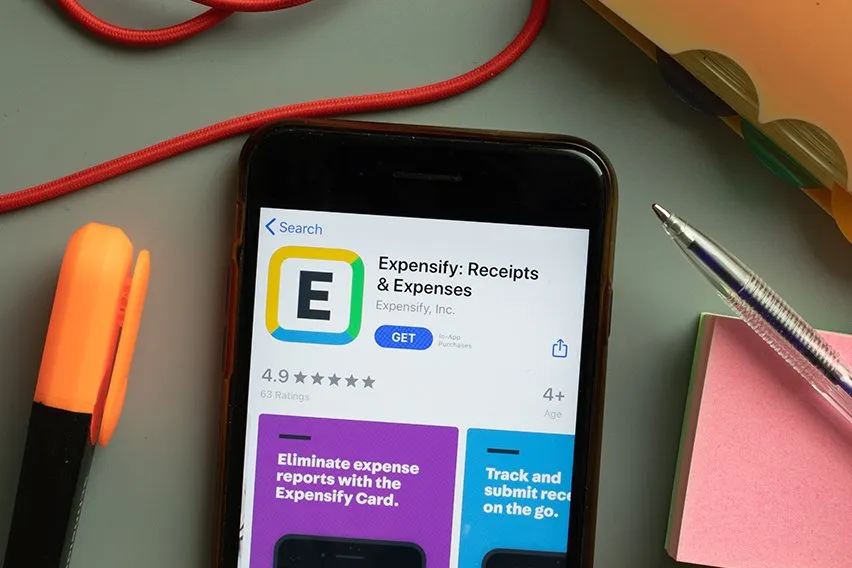 5 Best Expense Management Software & Tools
5 Best Expense Management Software & Tools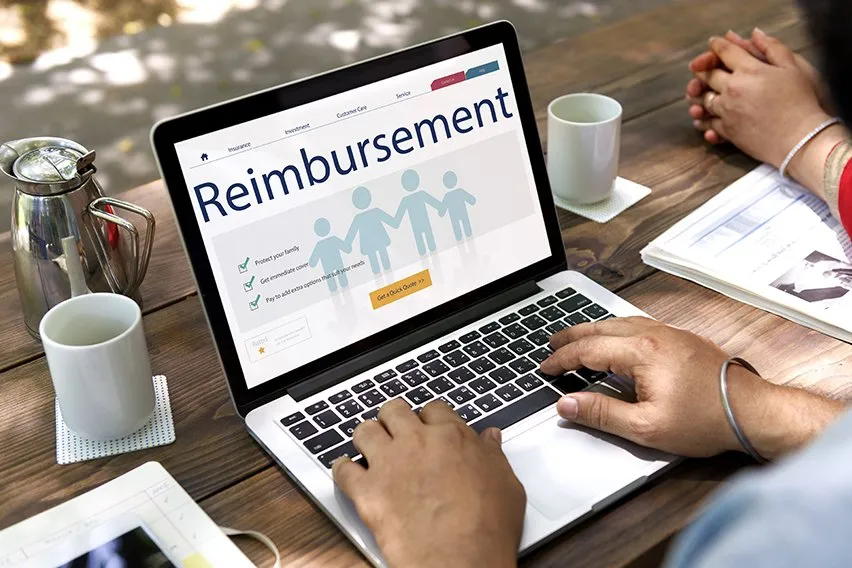 What is Medical Mileage Rate Deduction?
What is Medical Mileage Rate Deduction? What are Payroll Expenses? A Complete Payroll Expense Guide
What are Payroll Expenses? A Complete Payroll Expense Guide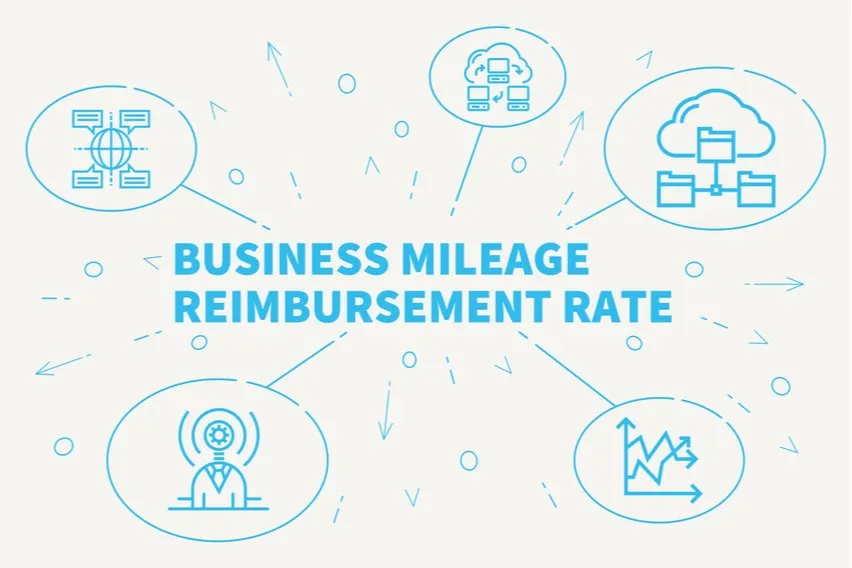 How to Calculate Mileage Reimbursement for Taxes
How to Calculate Mileage Reimbursement for Taxes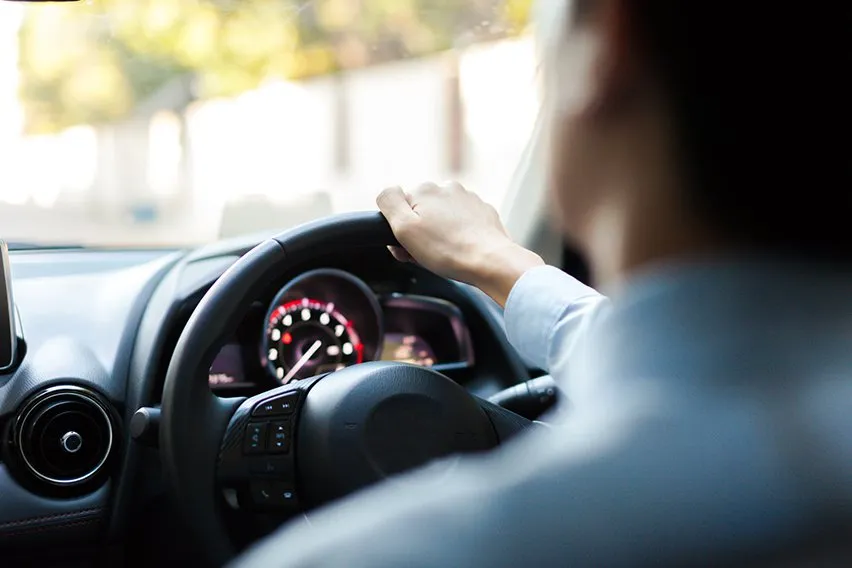 What Is Company Car Allowance & How Does It Work
What Is Company Car Allowance & How Does It Work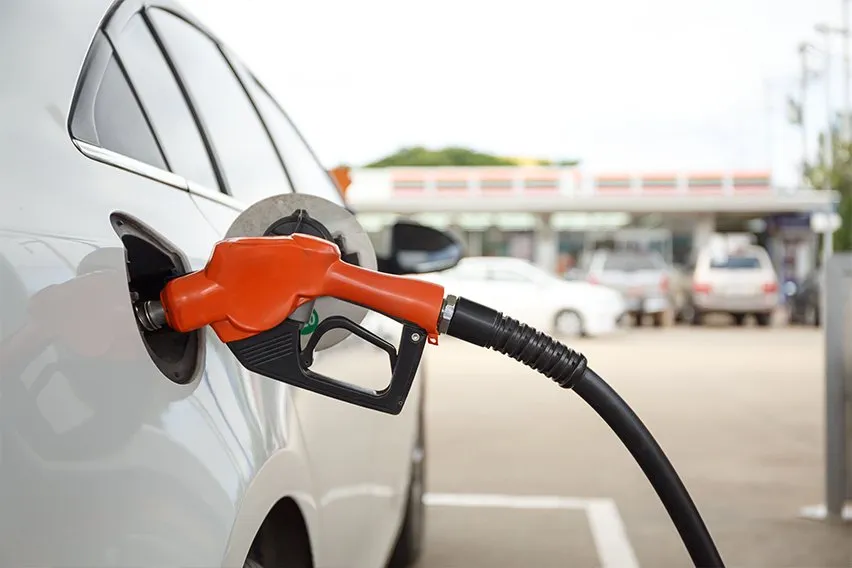 How to Calculate Gas Mileage in the Right Way
How to Calculate Gas Mileage in the Right Way